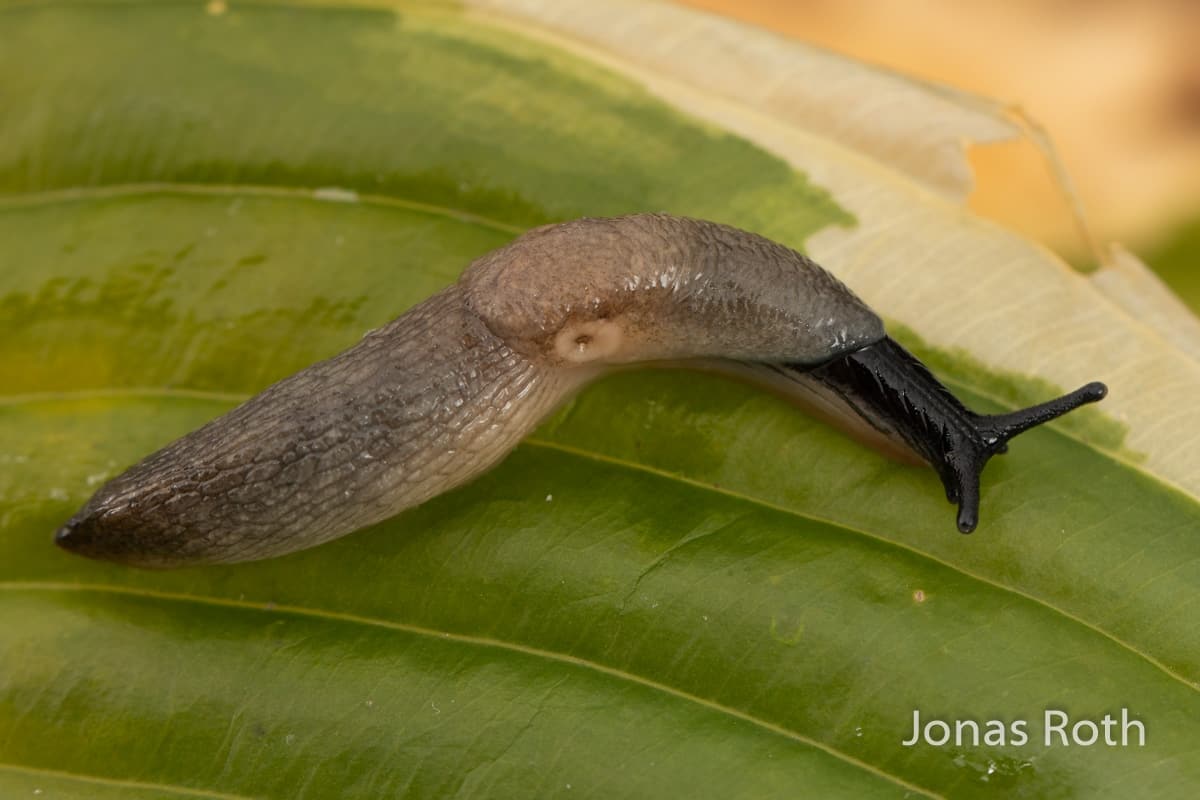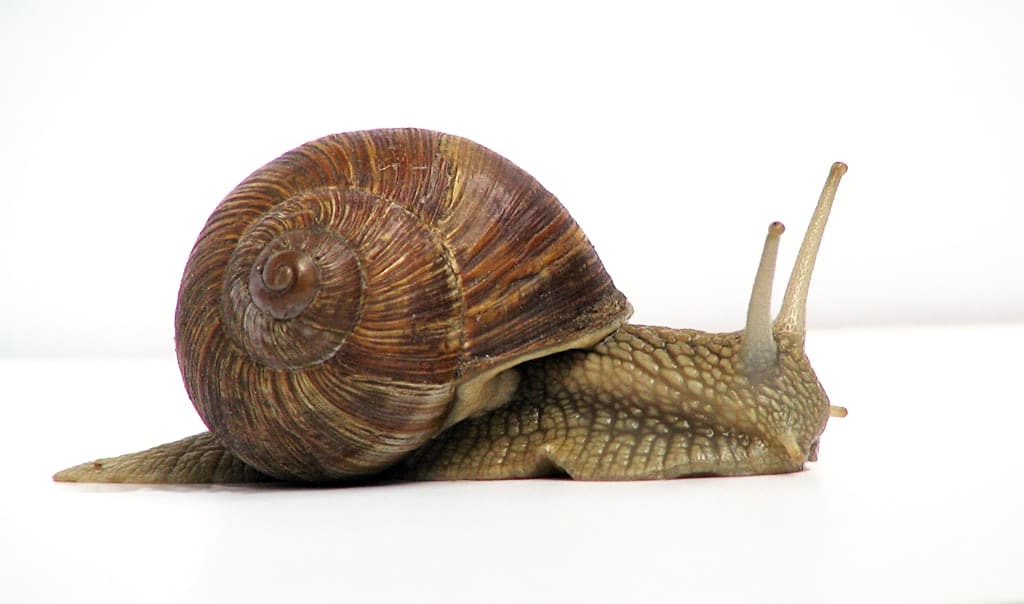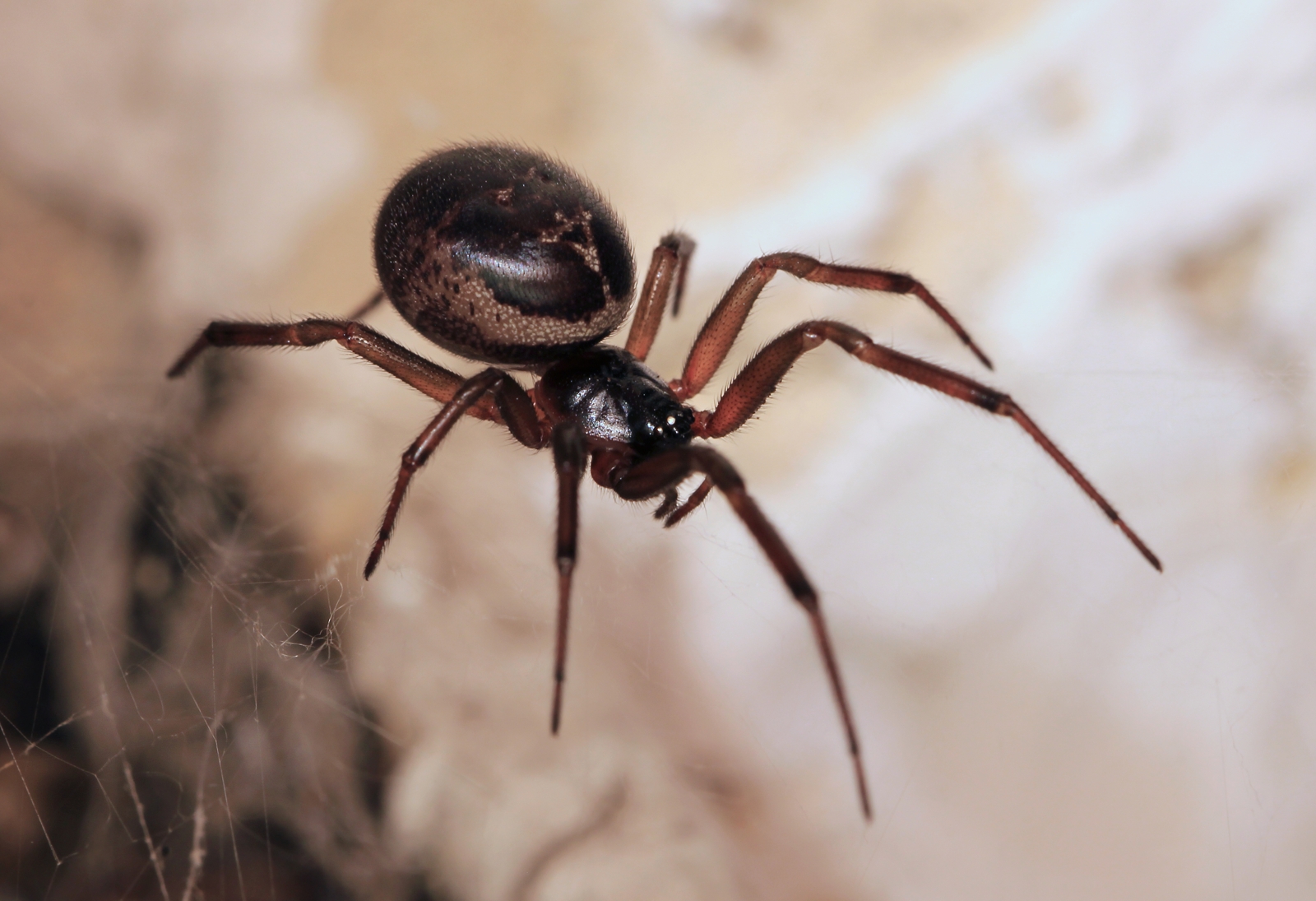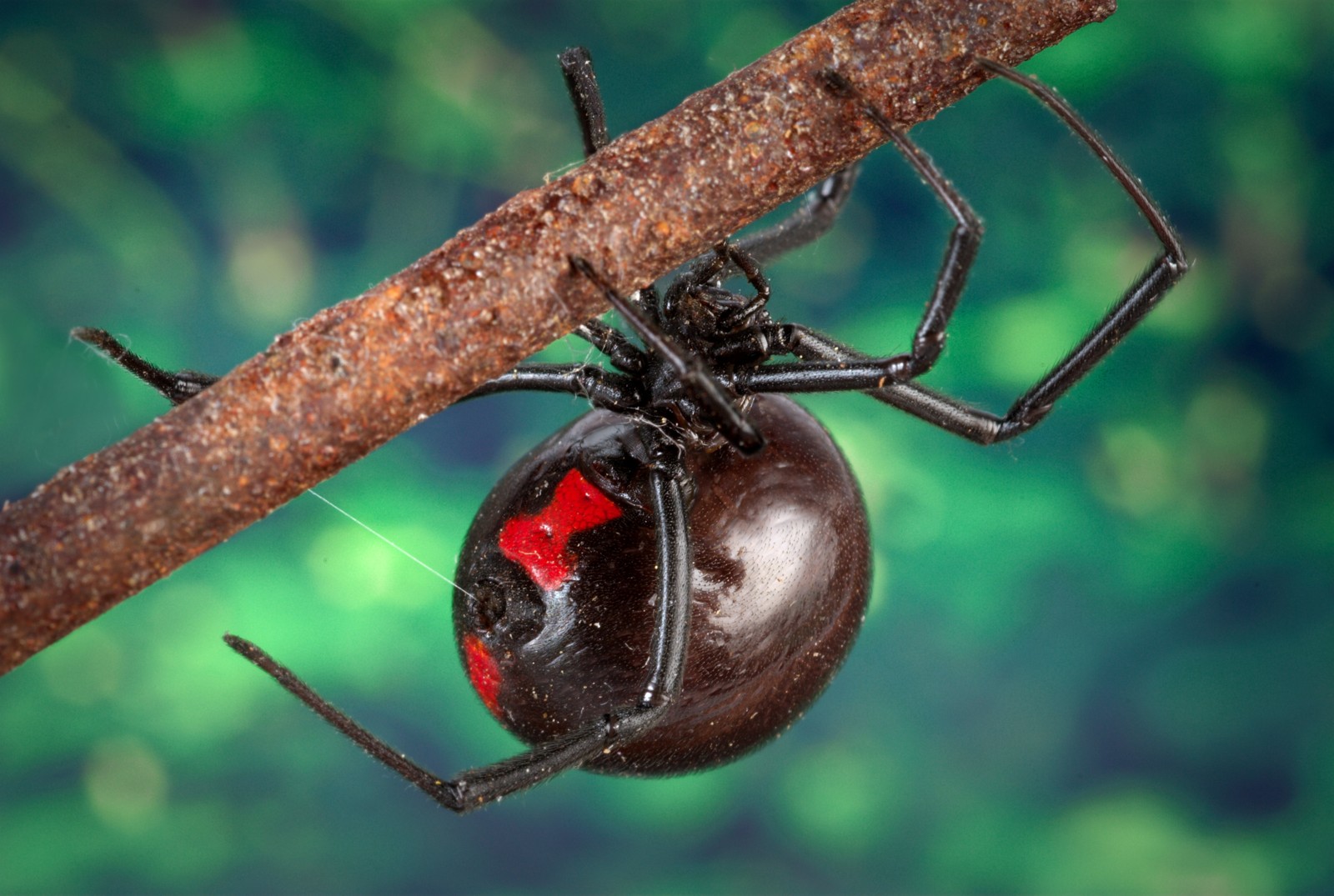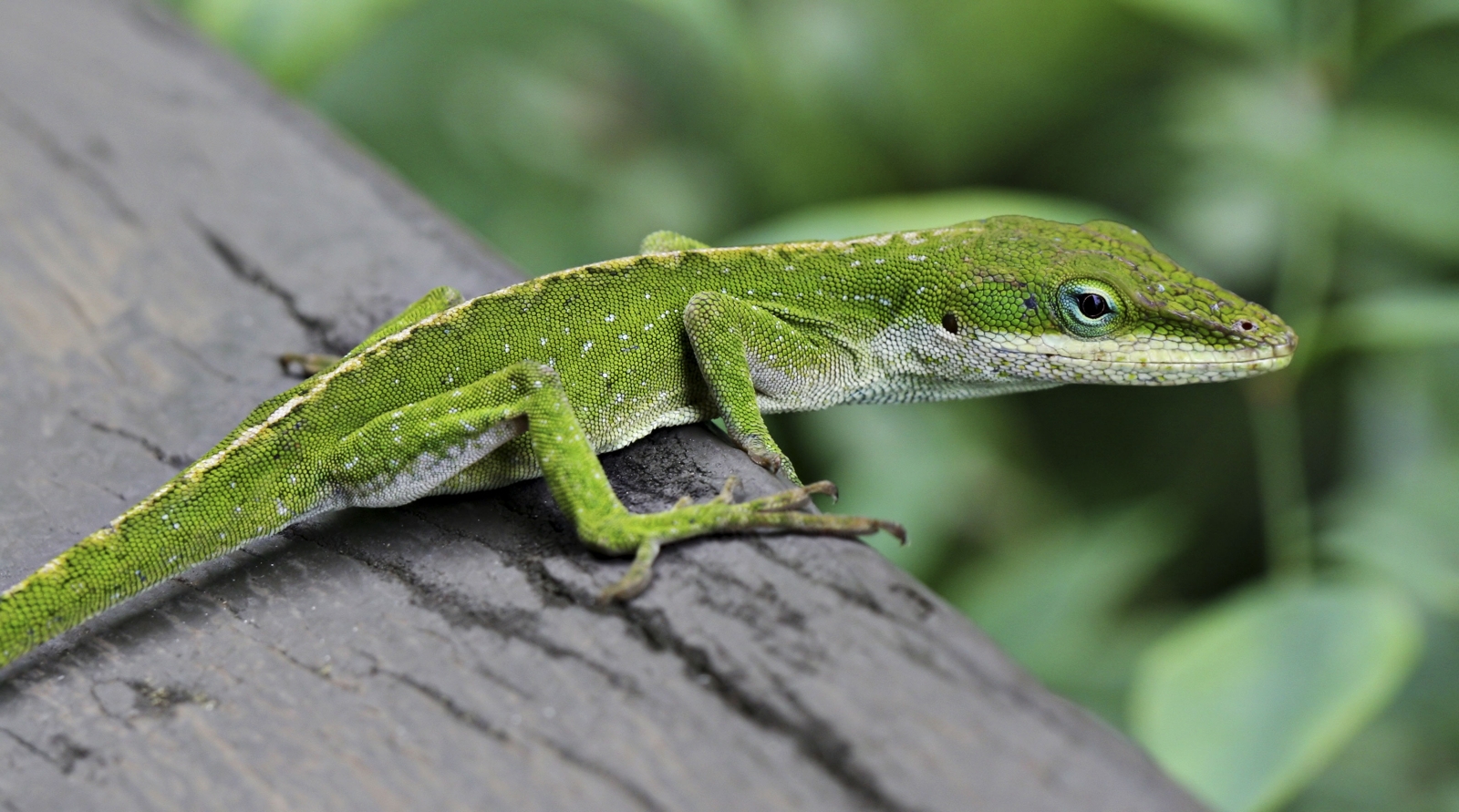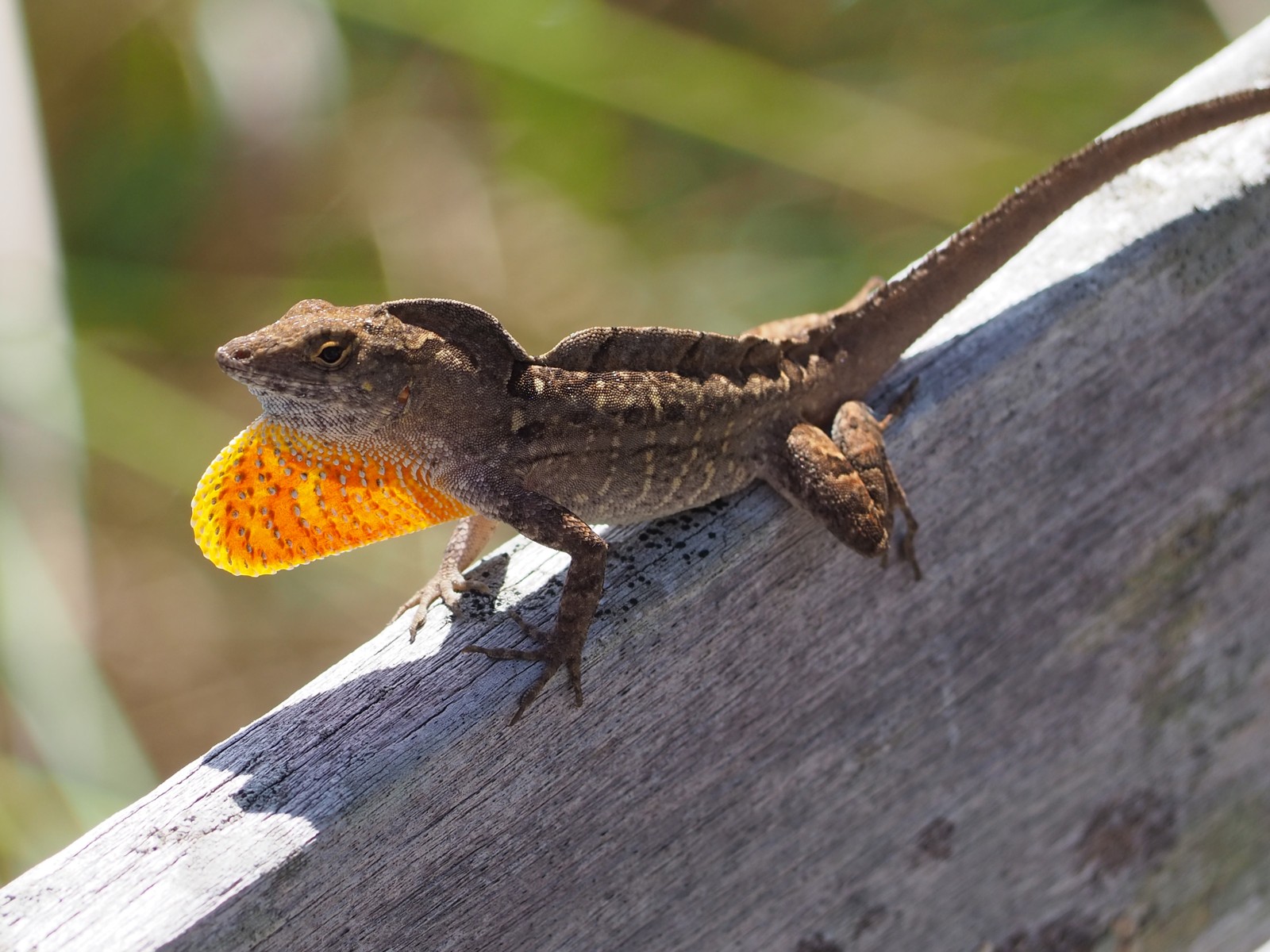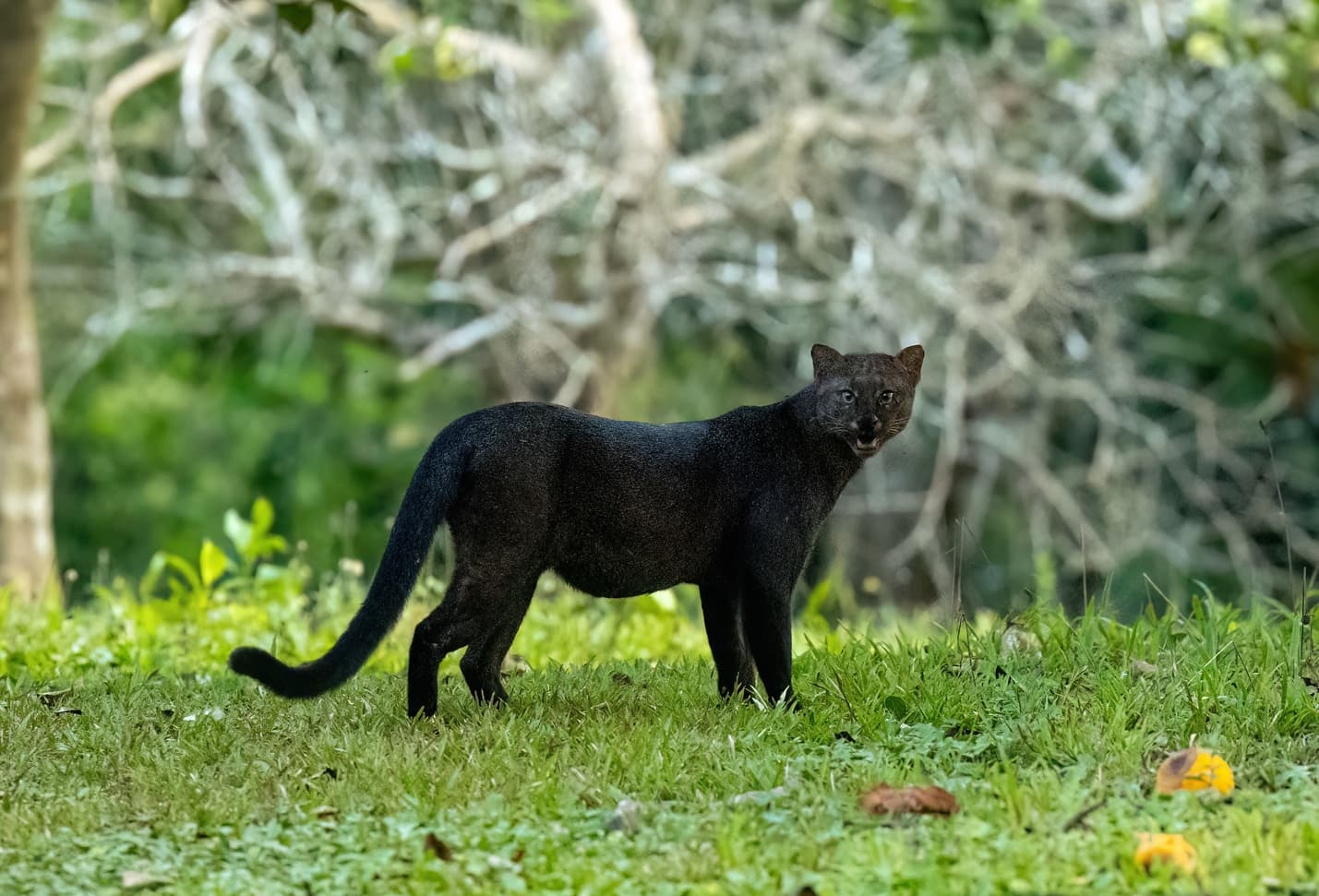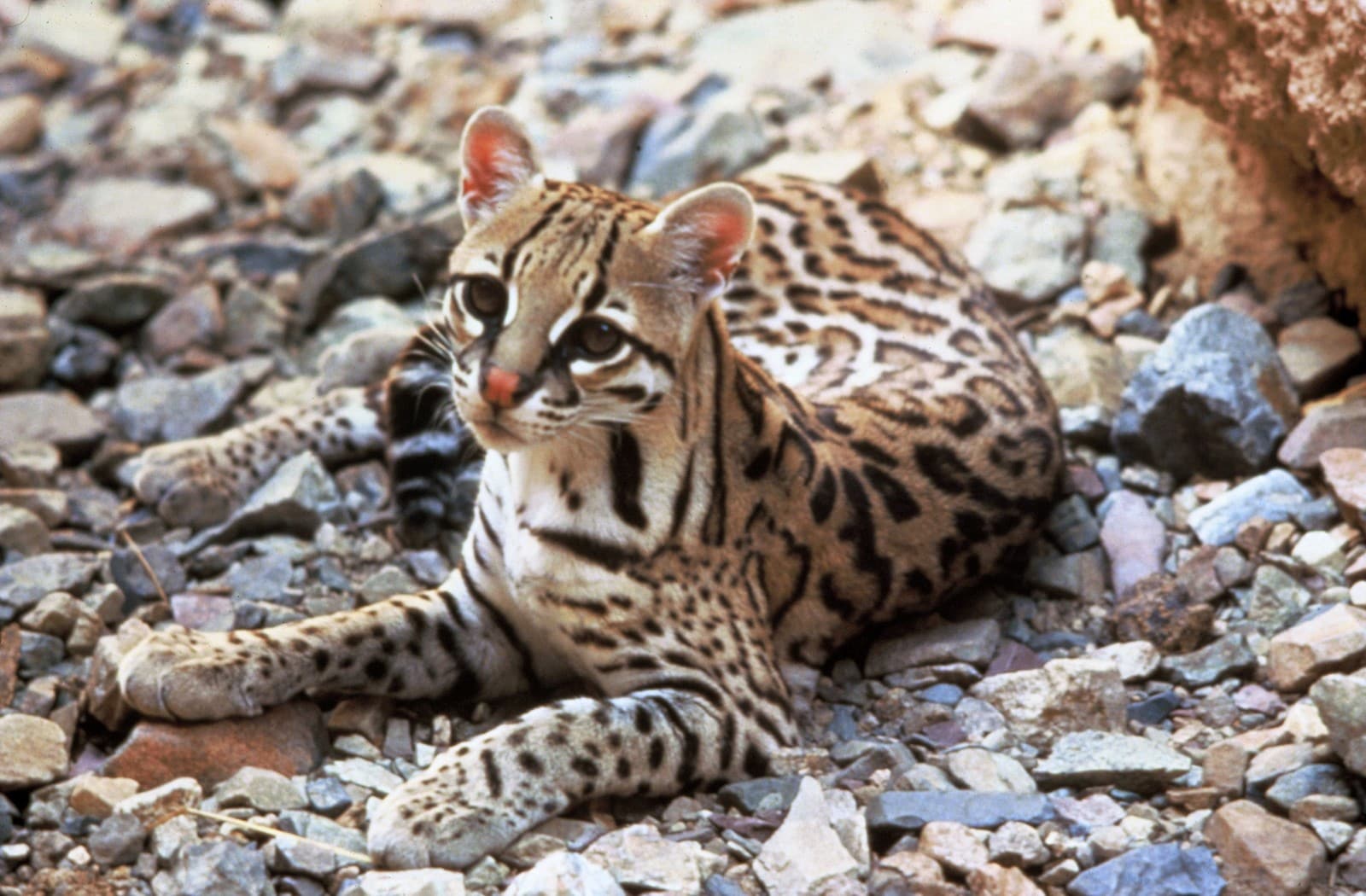Ornate Box Turtle vs Desert Box Turtle: A Complete Comparison
When comparing the Ornate Box Turtle vs Desert Box Turtle, distinct adaptations to their respective environments become immediately apparent. The Ornate Box Turtle (Terrapene ornata ornata) thrives in grassland habitats, reaching lengths of 4-6 inches (10-15 cm), while the Desert Box Turtle (Terrapene ornata luteola) has evolved specifically for arid conditions, typically measuring 4.5-5.5 inches (11-14 cm).
These two subspecies of Terrapene ornata showcase remarkable differences in coloration, behavior, and habitat preferences, despite their close genetic relationship. Understanding these distinctions is crucial for both conservation efforts and proper care in captivity.
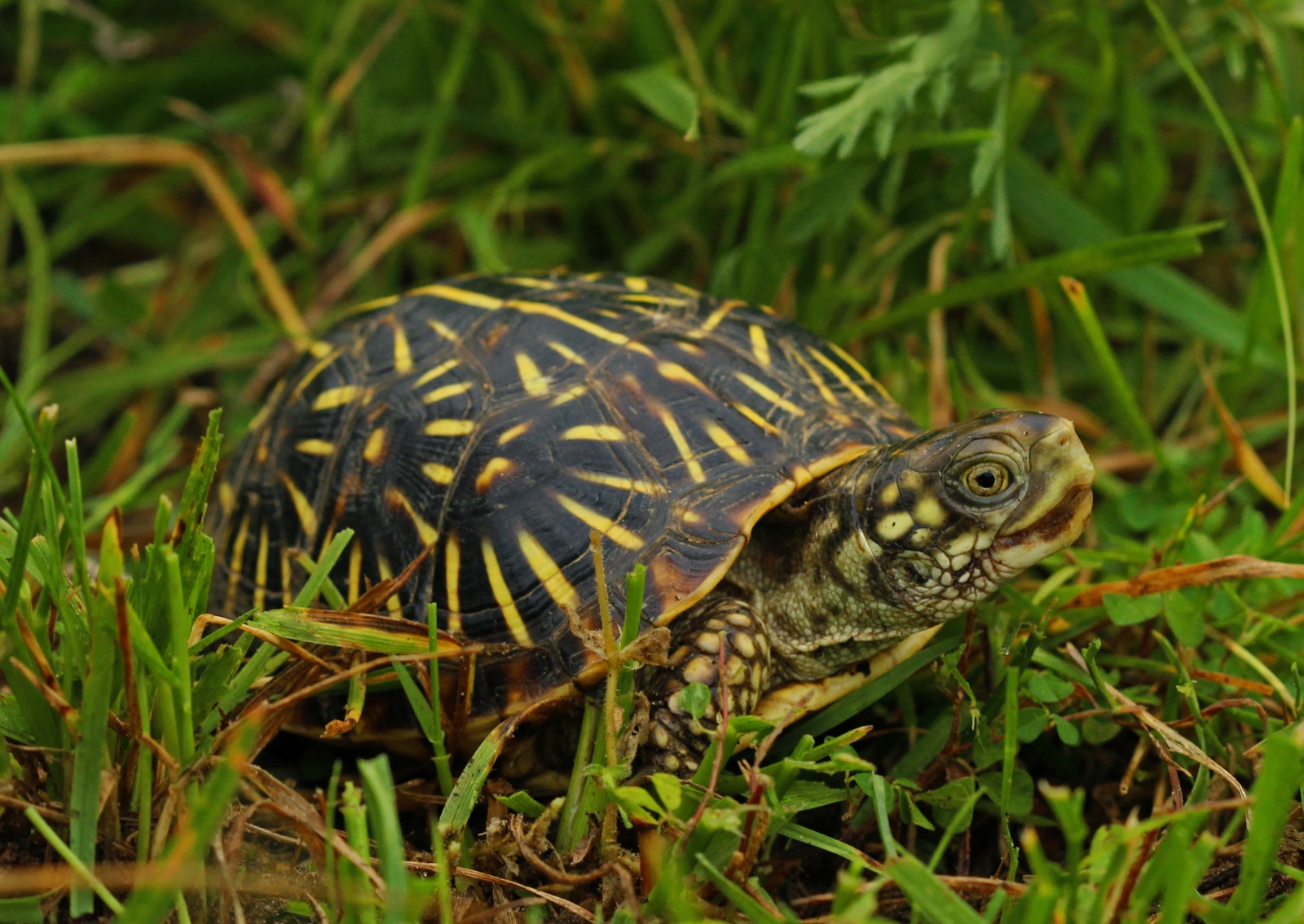
© Peter Paplanus / CC BY 2.0
The Ornate Box Turtle displays striking yellow radiating stripes across its dark shell, creating an unmistakable pattern that gives this subspecies its name. These markings serve as excellent camouflage in their grassland habitat.
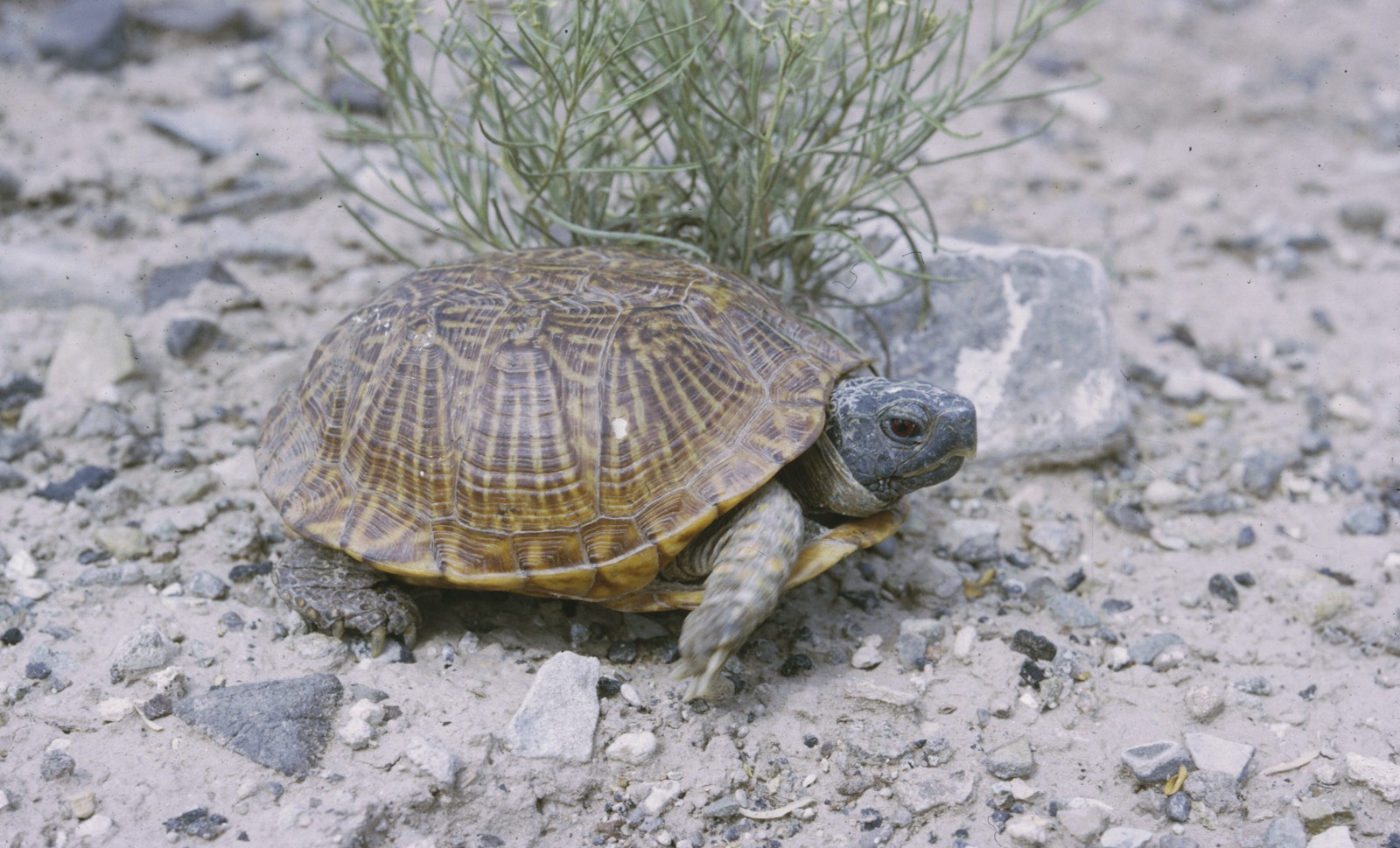
The Desert Box Turtle exhibits more subdued coloration with golden-brown patterns, an adaptation that provides excellent concealment in its arid southwestern habitat. Note the higher domed shell, an adaptation that helps regulate body temperature in extreme desert conditions.
Key Differences Between Ornate and Desert Box Turtles
| Feature | Ornate Box Turtle | Desert Box Turtle |
|---|---|---|
| Habitat | Grasslands, prairies | Desert, semi-arid regions |
| Shell Pattern | Bold yellow radiating stripes | Subtle golden-brown markings |
| Size | 4-6 inches (10-15 cm) | 4.5-5.5 inches (11-14 cm) |
| Activity Period | Dawn and dusk | Early morning, late afternoon |
| Diet | Omnivorous, more plant matter | Omnivorous, more insects |
| Shell Height | Moderately domed | Higher domed |
Habitat and Distribution
The Ornate Box Turtle inhabits the central United States, from Wisconsin to Texas, preferring grasslands and open woodlands with sandy soil. These areas typically receive 20-30 inches (51-76 cm) of annual rainfall, supporting the diverse vegetation these turtles rely on for both food and shelter.
Desert Box Turtles, conversely, occupy the southwestern United States and northern Mexico, thriving in regions receiving less than 10 inches (25 cm) of annual rainfall. They’ve developed specialized behaviors to cope with extreme temperatures, including seasonal estivation during the hottest months.
Behavioral Differences
Activity Patterns
Ornate Box Turtles are most active during moderate temperatures, typically emerging at dawn and dusk. They spend considerable time foraging through prairie grass and occasionally climbing over low obstacles to reach food sources.
Desert Box Turtles have adapted to extreme heat by becoming active primarily during early morning hours or after summer rains. They’re expert diggers, creating deeper burrows than their grassland cousins to escape intense desert heat.
Diet and Feeding Habits
While both subspecies are omnivorous, their dietary preferences reflect their distinct habitats:
-
Ornate Box Turtle Diet:
- 60% plant matter
- 40% insects and small invertebrates
- Frequent consumption of berries and mushrooms
-
Desert Box Turtle Diet:
- 70% insects and invertebrates
- 30% plant matter
- Opportunistic feeding during rainfall events
Conservation Status and Threats
Both subspecies face significant challenges from habitat loss and fragmentation. The Ornate Box Turtle has experienced a 30% population decline over the past three decades, while Desert Box Turtle populations have decreased by approximately 25% in monitored areas.
Captive Care Considerations
When maintaining these turtles in captivity, understanding their distinct environmental needs is crucial:
-
Ornate Box Turtle Requirements:
- Humidity: 60-70%
- Temperature: 75-85°F (24-29°C)
- UVB lighting: 10-12 hours daily
-
Desert Box Turtle Requirements:
- Humidity: 40-50%
- Temperature: 80-95°F (27-35°C)
- UVB lighting: 12-14 hours daily
Which Species Makes a Better Pet?
While both subspecies can thrive in captivity with proper care, the Ornate Box Turtle typically adapts more readily to captive environments. Their more moderate temperature and humidity requirements make them slightly easier to maintain for most keepers. However, it’s essential to note that all box turtles are long-lived creatures requiring decades of dedicated care, and wild-caught specimens should never be taken as pets.
Remember: Always check local regulations regarding turtle ownership, as some states have specific restrictions on native species collection and possession.
